
Matt Davies
“Using compost sequesters carbon in the soil. By participating in composting and using compost in the garden, you can literally fight climate change." Karen Dawson
The Benefits of Home Composting
Compost is decomposed organic material, which you can add to your garden instead of synthetic fertilizers. Bacterias in the soil can break down the biodegradable trash and transform it into a product that enriches your soil and will help you grow vigorous plants. Compost is full of nutrients and good bacterias that can help resist bugs and diseases. It also absorbs and retains water, helps loosen clay soil, stimulates healthy root development, and provides food for microorganisms, which keeps the soil healthy.
Moreover home composting is free because you use only kitchen waste, lawn clippings, and other vegetation you would normally throw away. You can even save money from landfill fees and from not having to buy any more fertilizers.
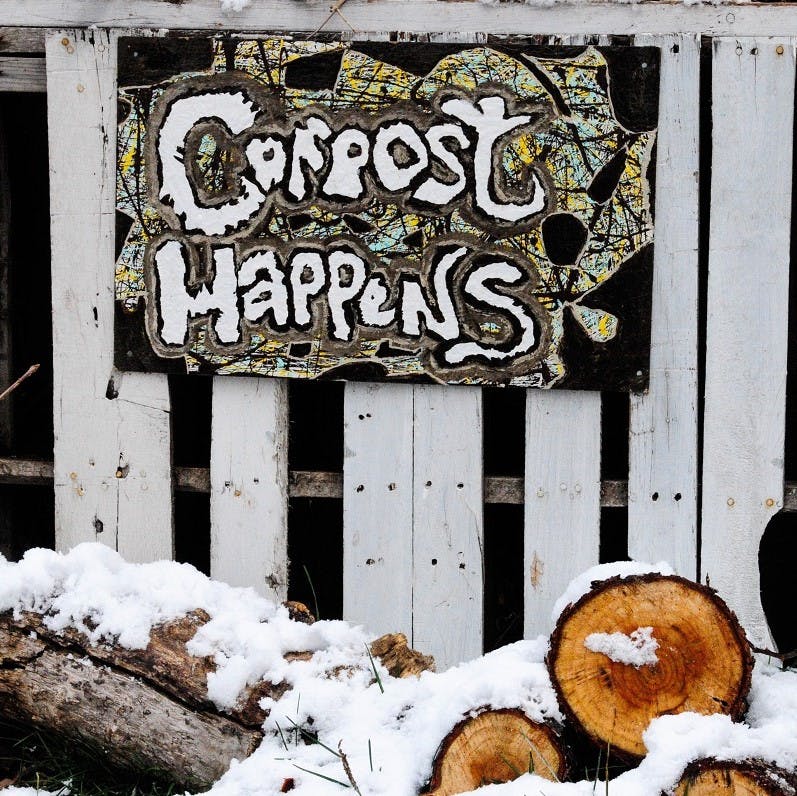
Reducing Your Carbon Footprint
Besides home compost being so beneficial for your veggies, herbs, or flowers, it will also help you reduce your carbon footprint. Studies show that food waste and yard waste make up for a third of what is thrown away. When organic waste is sent to landfill, its decomposition releases methane, a harmful greenhouse gas. This happens because air cannot get to organic waste in a landfill. In the case of home composting aeration is an important step and therefore hardly any methane is produced. Home composting also leads to reduced fossil fuel consumption from waste transportation.
A recent study shows that backyards can capture a surprising amount of carbon and compost helps your soil store it. So follow our steps, start home composting, and help your garden become a carbon-capturing paradise.
Are you looking to learn more about planting your own veggie patch? If so, then be sure to read through our Grow Your Own guide. It's packed with practical tips on how to prepare, plant, and upkeep your food garden.
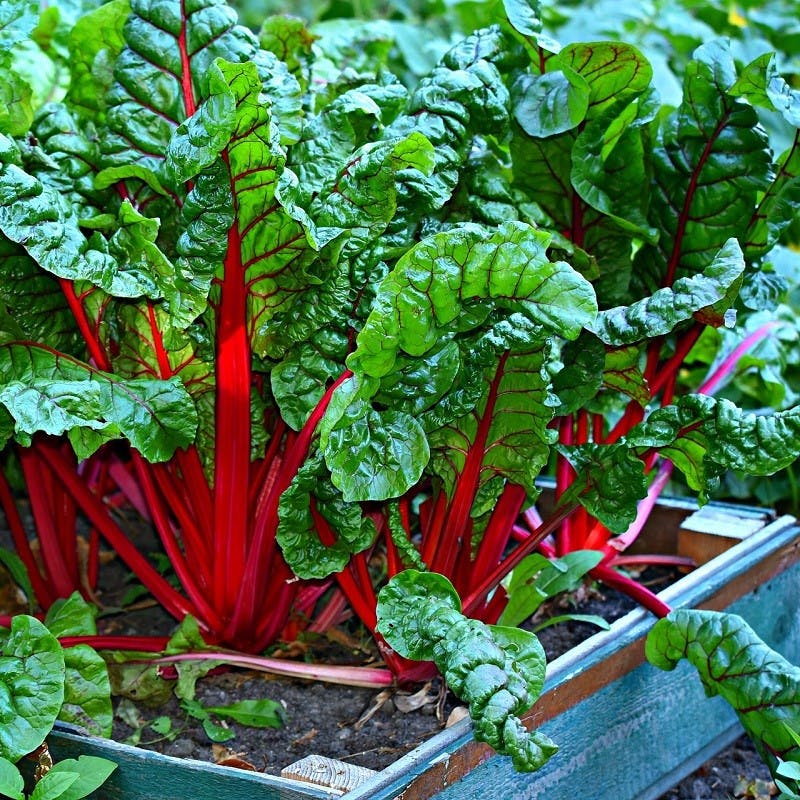
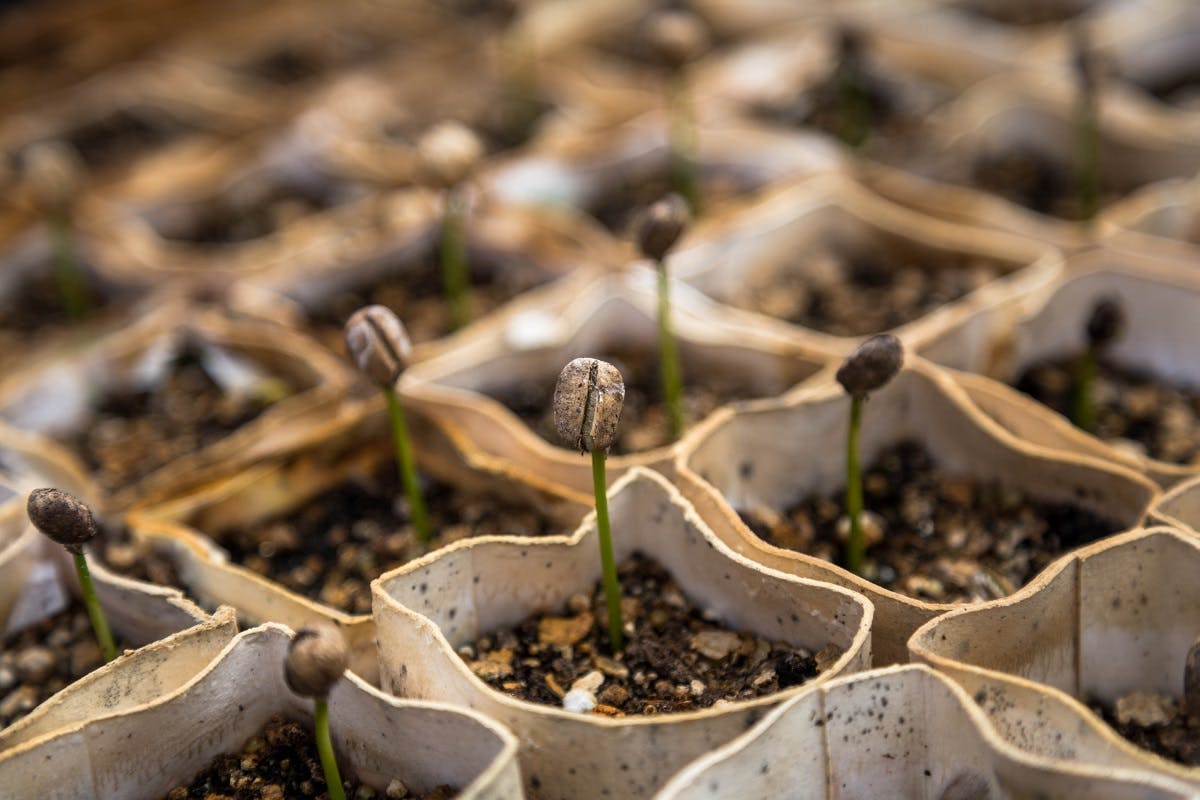

Take action now
Do you want to have a direct impact on climate change? Sir David Attenborough said the best thing we can do is to rewild the planet. So we run reforestation and rewilding programs across the globe to restore wild ecosystems and capture carbon.
Get involvedHow Compost at Home | The basics
There are four main ingredients you need in your home compost pile: the browns - materials such as branches, twigs, dead leaves, shredded newspaper, and cardboard- which provide carbon for our compost. Second are the greens - materials such as vegetable and fruit scraps, coffee grounds, and grass clippings - which provide nitrogen. It is important that you have an equal amount of these materials which should be put in alternate layers. Next, you need water to provide moisture, which helps break down the organic material. You need just the right amount of water for decomposition, the compost should feel moist, but not soaking wet. Last but not least your home compost needs air. You should turn and mix your pile at least once a week using a pitchfork or a compost aerator.
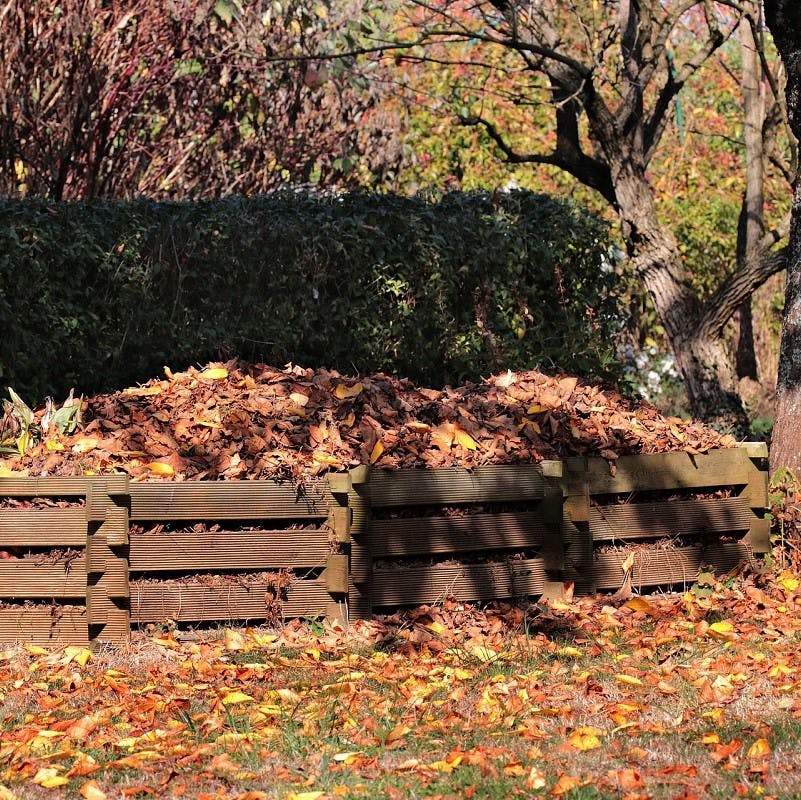
Backyard Composting
The first thing to do is to find a spot for your backyard compost pile or bin. It should have good airflow, be near a water source, have partial shade in the summer so the pile does not get too hot, and ideally good sun in the winter to keep the pile warm.
Then you add the browns and greens and moisten dry materials as they are added. Chop or shred materials before throwing them on the compost as it will help speed up the process. Try to always have a layer of browns on top of food waste to avoid flies. You can optionally cover the top of the compost with a tarp to keep it moist.
Now you just need patience as the composting process might take some time. Finished compost should look, feel and smell like dark, rich, dense soil and you shouldn’ be able to see any of the materials you put in. You will usually get half the volume of the materials you put in. You should add this nutritious finished product to your garden about 2-4 weeks before planting. Other ways to use it are raking it into your vegetable beds and flower gardens, spreading it on existing landscape beds as you would do with mulch, or sprinkle it as a natural fertilizer.
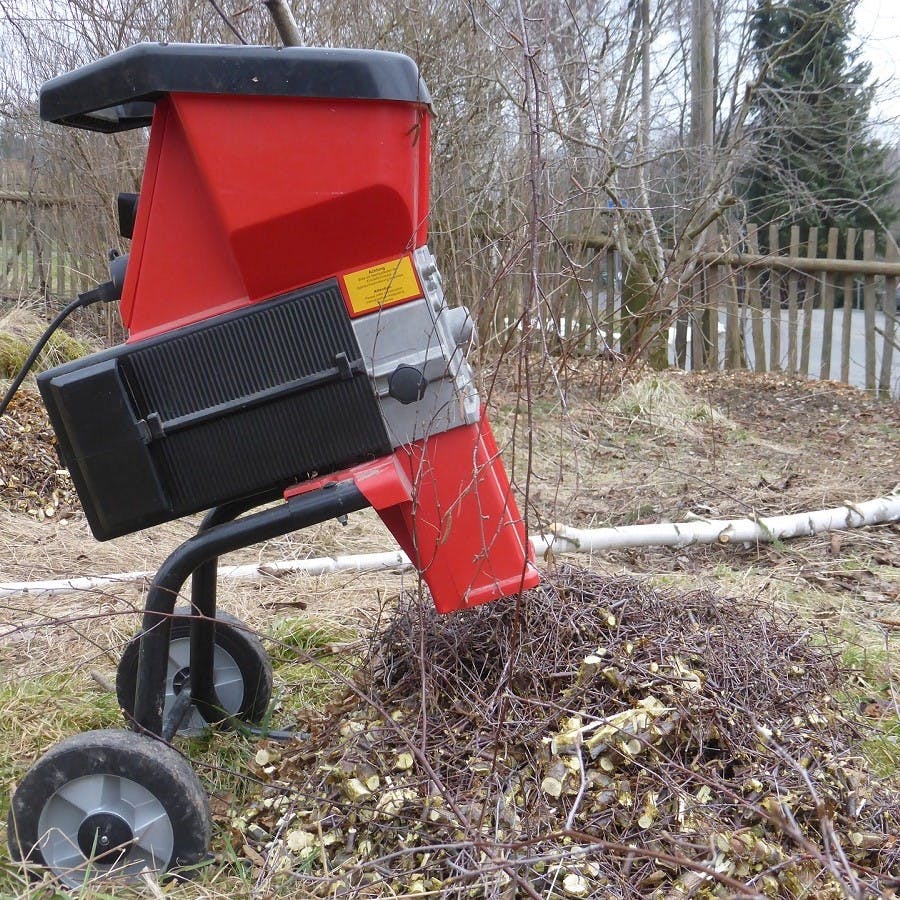
How Compost at Home | Indoors
If you don’t have a backyard or space but still want to home compost you can do it indoors. You need a special type of bin, which you can find at any hardware or gardening supply store, some soil and some shredded newspaper and you can get started. The process is the same as in outdoor composting, mixing brown and greens, you just need to monitor it and tend it more closely to avoid bad smell or pests.
If you're eager to take sustainable living up a notch, have you considered turning your food scraps into cooking gas? Head over to our Home Biodigester guide to learn more about transforming kitchen waste into gas.
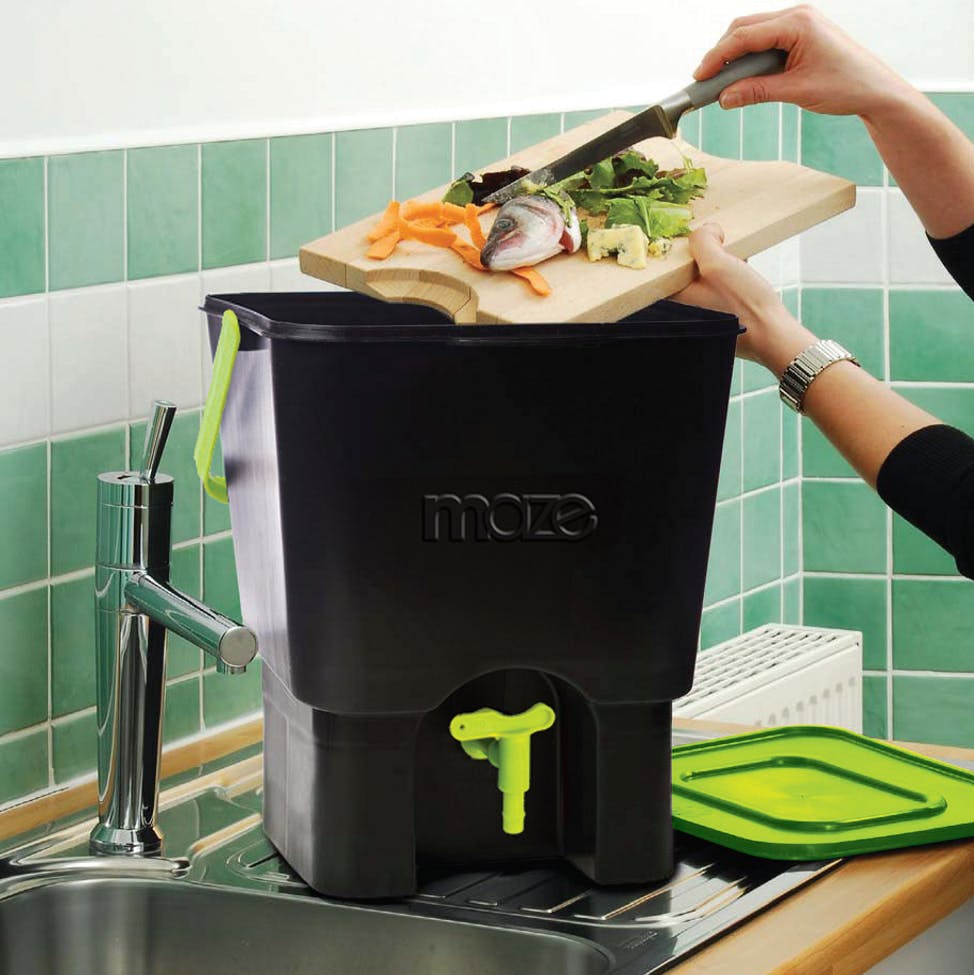
Vermicomposting
If you feel like taking it up a notch you can also get some new tiny friends to help you transform your waste into rich soil conditioner. For this, you will need red worms or red wigglers (Eisenia foetida and Lumbricus rubellus), which you can buy online from worm farms or from local bait shops and composting groups, a container, soil, and some shredded newspaper. You can have them in your kitchen or outside, just make sure it’s an area with temperatures between 4°C and 25°C. The composting process with worms is faster and results in a product with a higher percentage of hummus and nutrients. Keep in mind though, that vermicomposting requires a bit more care and attention from your part. You need to be careful to always have the right conditions, to be careful not to give too much food or too often, etc. If you like a challenge here are more steps to create your own little worm composting farm.
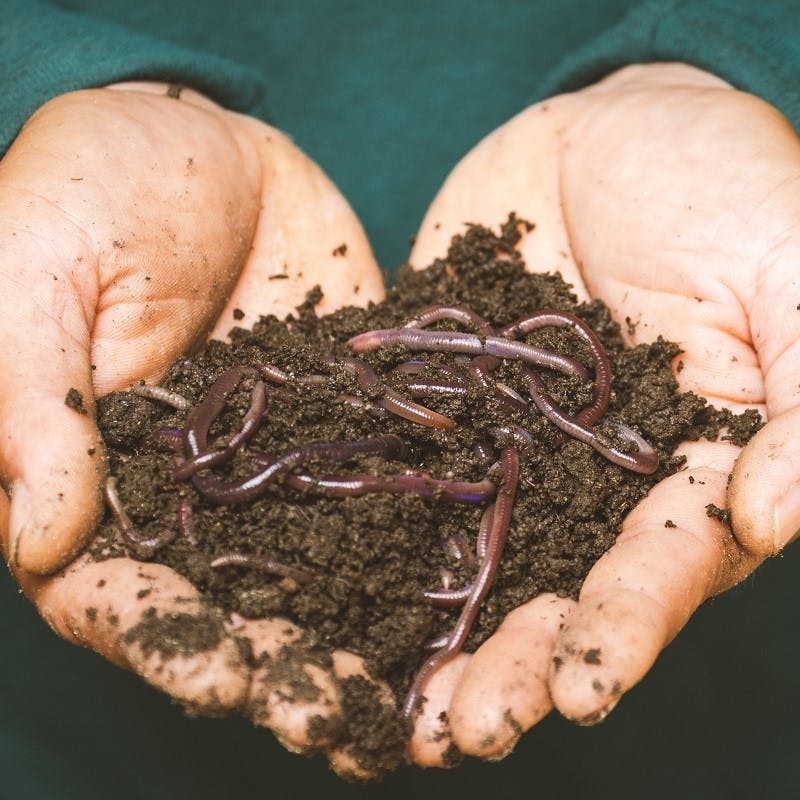
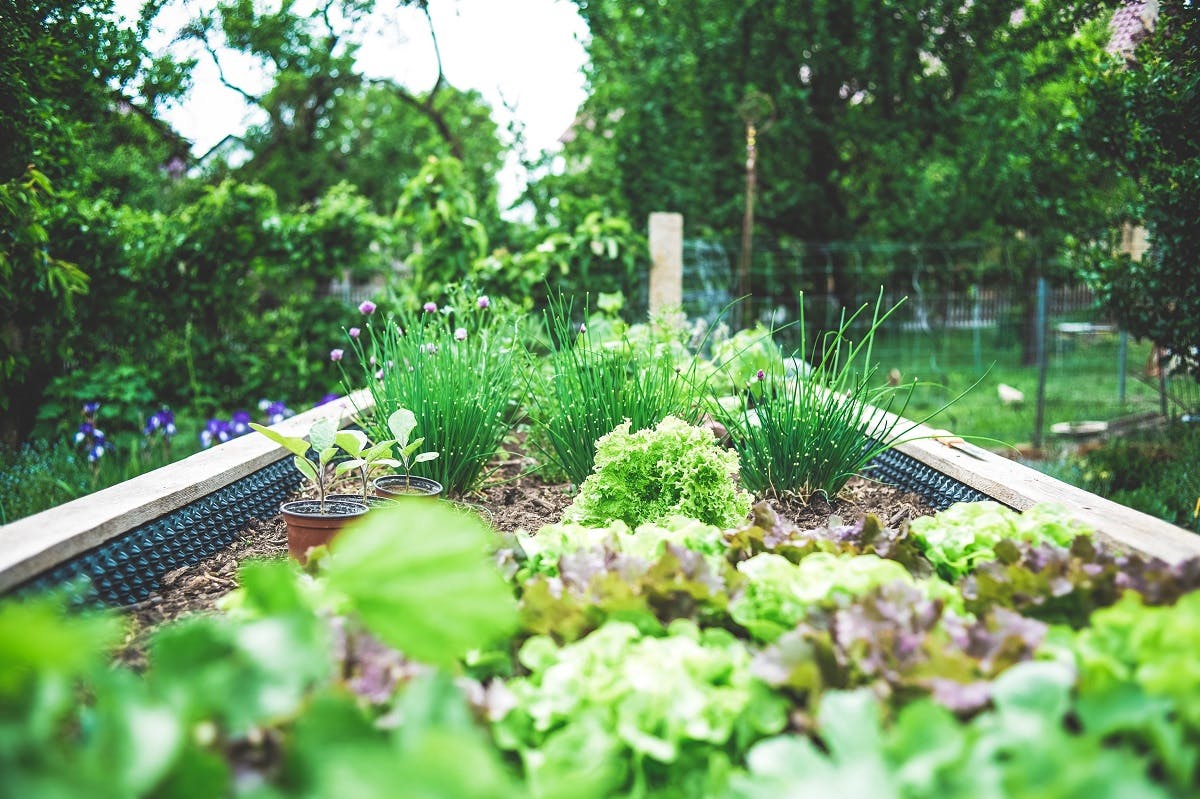
The Dos and Don'ts of Home Composting
Here is a list of things you should add and should avoid adding to your compost:
Yes!
Fruits & Vegetables, egg shells, coffee grounds, tea bags, nut shells, shredded newspaper, paper or card, grass clippings & leaves, house plants, hay & straw, sawdust, wood chips, cotton, wool rags, hair, fur, manure and fire place ashes.
No!
Dairy products & eggs, fats, grease, lard, or oils, meat or fish bones and scraps, pet wastes (e.g. dog or cat faeces), coal ash, weed or weed seeds, garden trimmings or house plants treated with chemical pesticides.
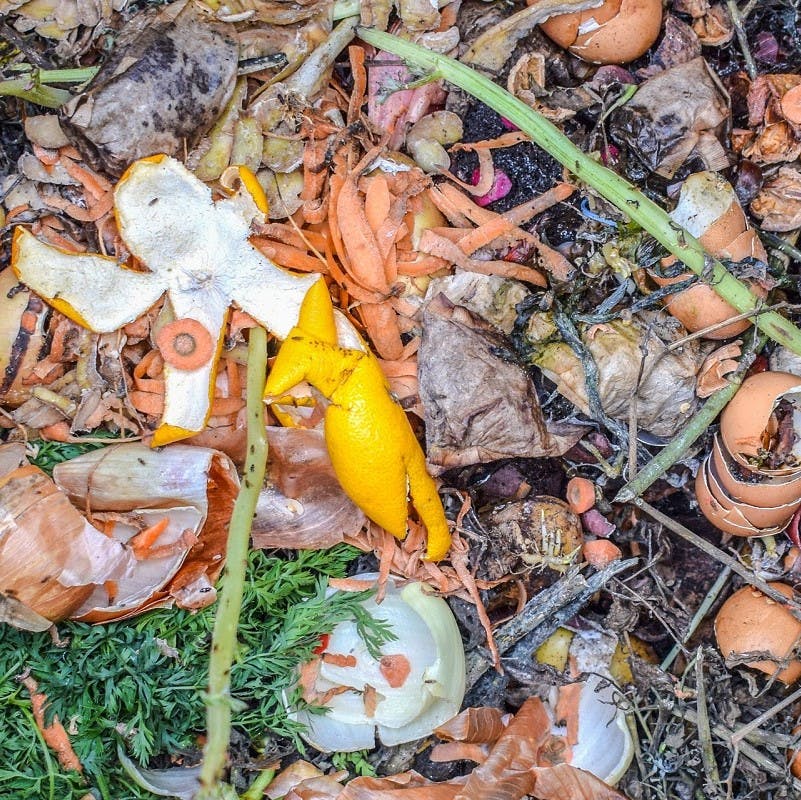
Home Composting Equipment & Tips
Essential Equipment
Compost bin (backyard, indoor, vermicomposting)
● Best Compost Bins and Tumblers of 2019: Reviews
● 2019 top compost bins you can buy
DIY compost bin
● 45 DIY Compost Bins To Make For Your Homestead
Worms for composting
Additives and natural starters for your compost
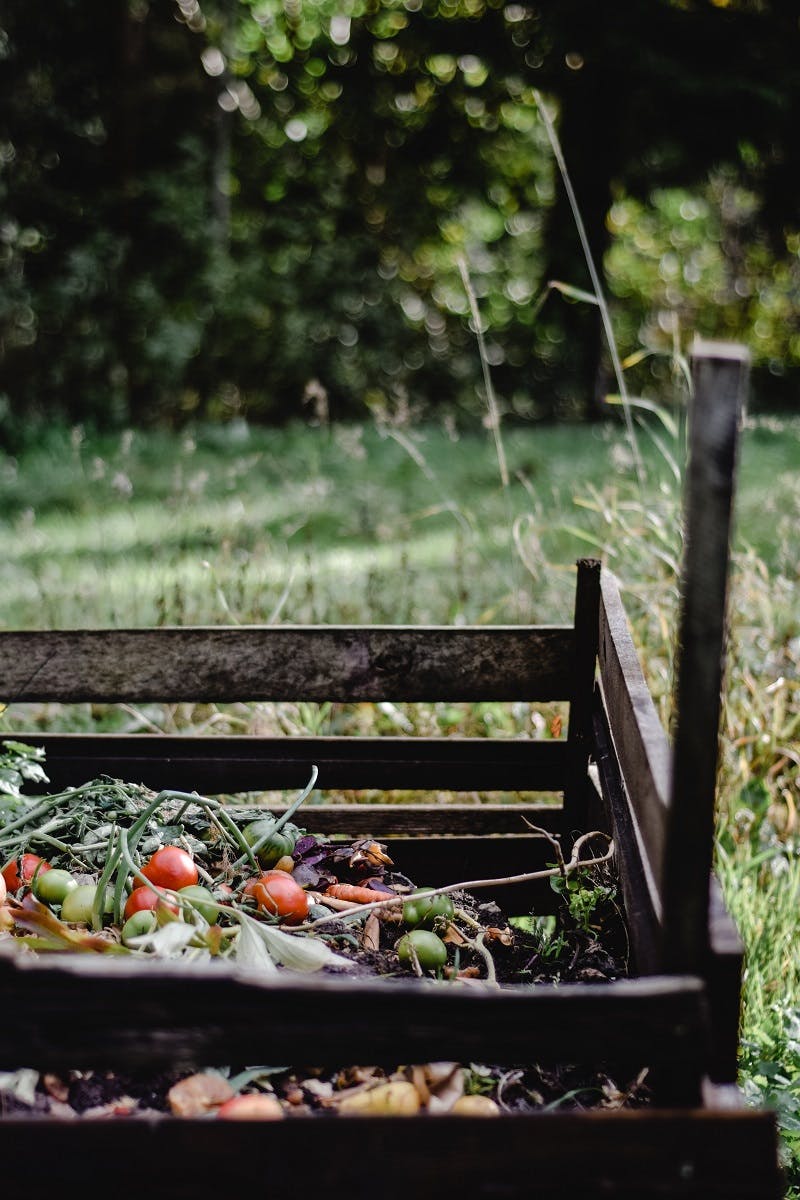
Sources & further reading

- “Home Composting” - The Gardening Mentor
- “Compost : Secret weapon against climate change?” - Organic News and Environment
 Decide what kind of composting you want to do and read more about it.
Decide what kind of composting you want to do and read more about it.